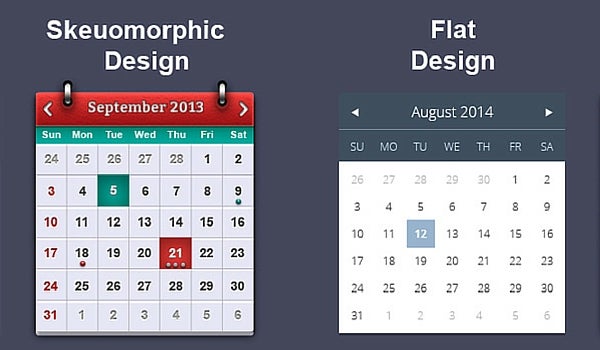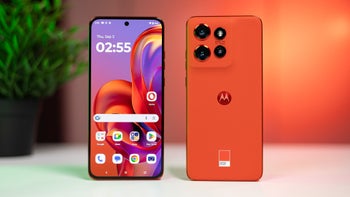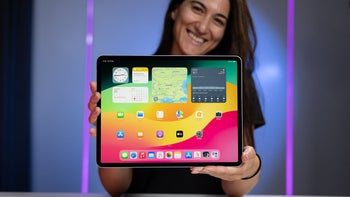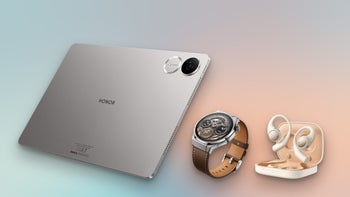Scott Forstall on skeuomorphism: infused in Apple's design sense by Steve Jobs since the original Mac

Scott Forstall answers about skeuomorphic design at the 2:04:11 mark.
Scott Forstall was clearly an important and controversial figure at Apple. Head of iOS software, he had a close relationship with Apple chief executive Steve Jobs, but not long after Jobs' passing, Forstall left the company amidst the disappointing launch of Apple Maps.
We have not heard an official explanation about the reasons behind him leaving Apple, but chances are that he was forced to leave as he had disagreements with Tim Cook and refused to sign an apology letter that Apple issued to its customers regarding the launch of Apple Maps.

But the one detail that most people still associate Forstall with is the so called 'skeuomorphic' design. This refers to things like your icons looking like real life objects: a folder in the icon would this look like a real world folder, the phone icon should resemble a real telephone and so on. Here is the interesting bits about this design from the iOS chief at the time himself:
"I never heard the term 'skeuomorphism' years after we built the iPhone," Forstall says. "It's a horrible word, it sound unnatural, just sound terrible. When I look at good design, I look for something which is easy to use, approachable, friendly, you can use it without a manual, it's fun."
"If you look at the designs we did at Apple we talked about photoillustrative designs, we talked about metaphorical designs, and those were infused in the design sense of Apple by Steve Jobs since the original Mac if not earlier. The original Mac had desktop and folders looking very much like the desktop on which that Mac sat. So we used these design philosophies - it doesn't mean that we loved every single part, doesn't mean that I loved every single part of it - there are definitely things I was less a fan of than others - but we built these designs that worked. And how did we know they worked? You just had to watch people use it."
Forstall goes on to tell a story of how an Apple customer sent the company a video of his 2-year old using an iPad for the first time and how she was able to unlock it and start playing game on the first go. Then, he also tells the story of a 99-year-old woman with arthritis and a cataract who could read and write again thanks to the virtual keyboard on the iPad and the high brightness of the display.
Of course, it's hard to argue that most skeuomorphic designs these days look a bit outdated, quaint, while flatter designs have taken over. What are your thoughts, do you have any nostalgic feelings about skeuomorphism?
source: Computer History Museum












Things that are NOT allowed: